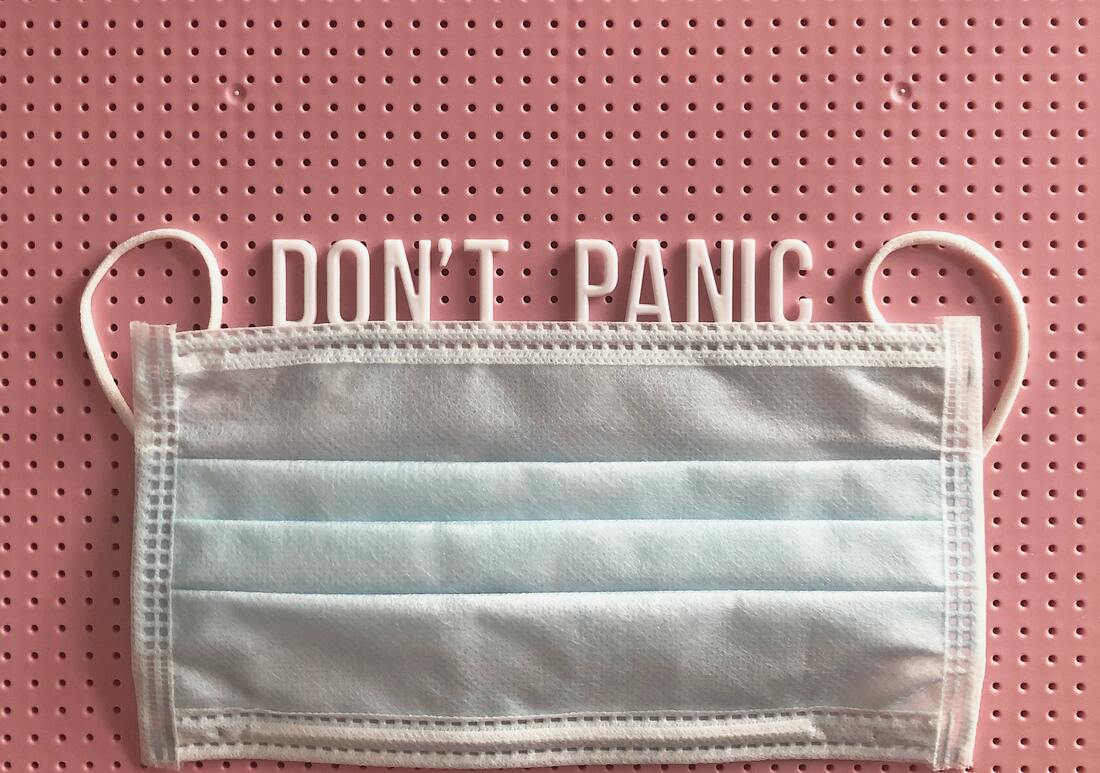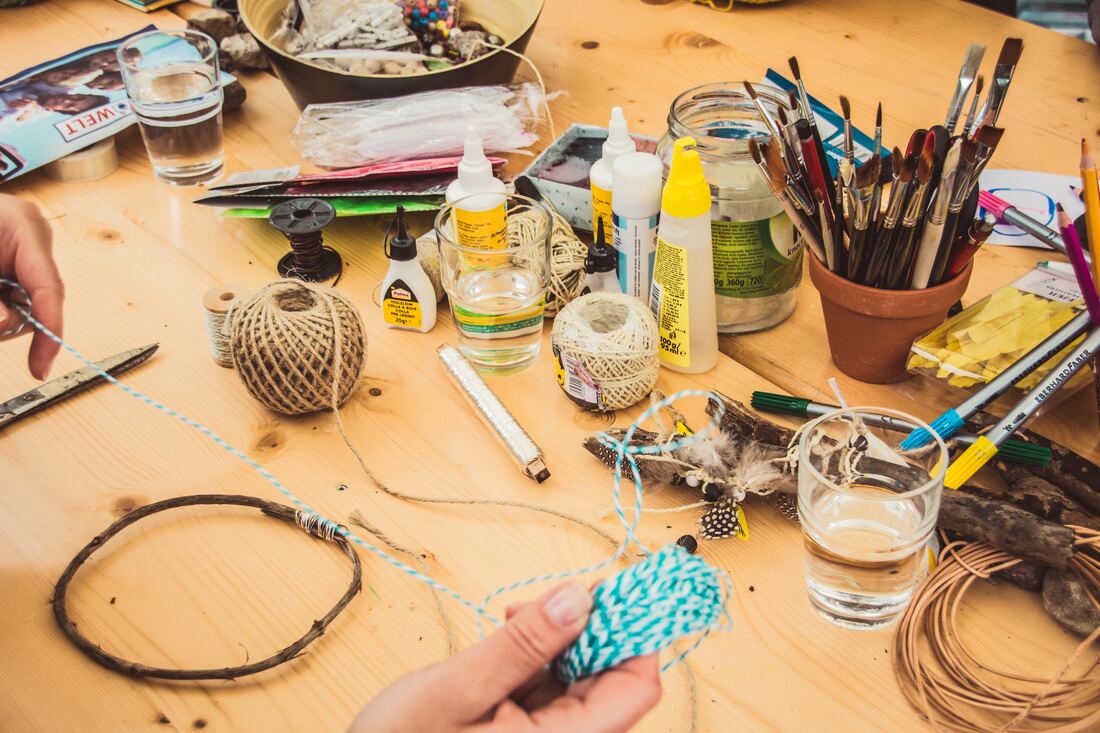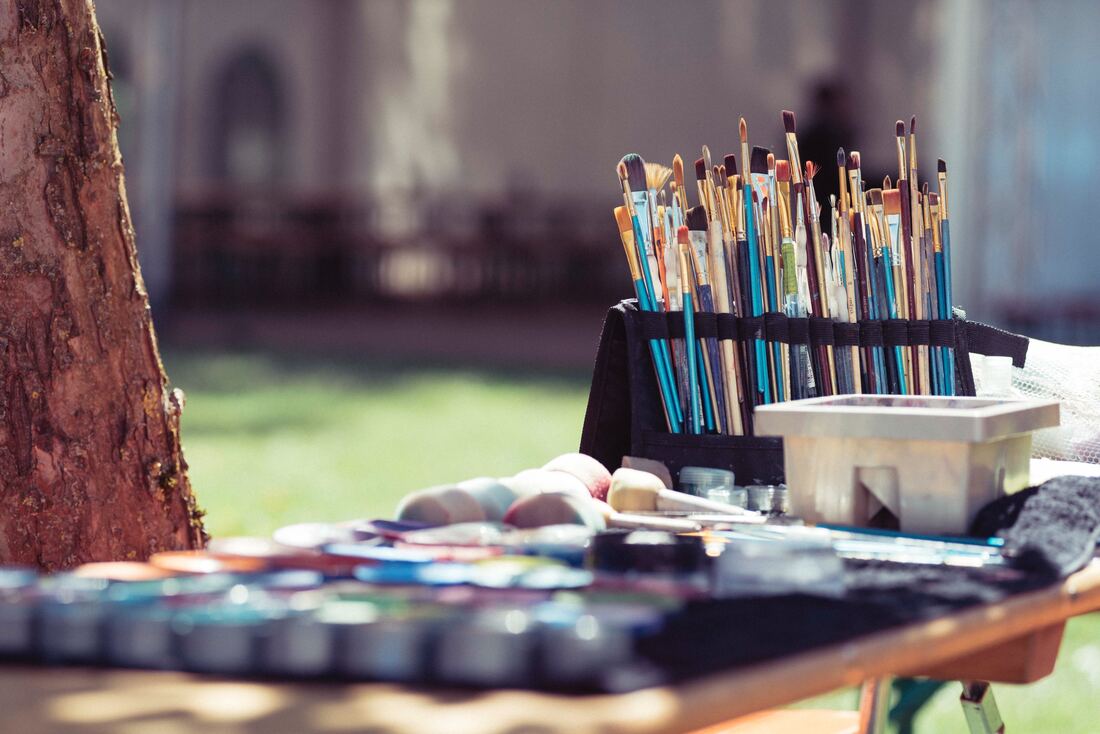|
1/5/2021 4 Comments Mastering the Art of the PivotNearly ten months after the initial lockdowns and quarantines of COVID-19, the only thing we’re more tired of than our new normal is the endless discussion about that new normal.
|
Archives
January 2021
Categories |
|
Follow us on Facebook
|
|
©2020 MAKE SOUTH BEND LLC. All rights reserved.
|
2228 Mishawaka Ave., South Bend
|











 RSS Feed
RSS Feed